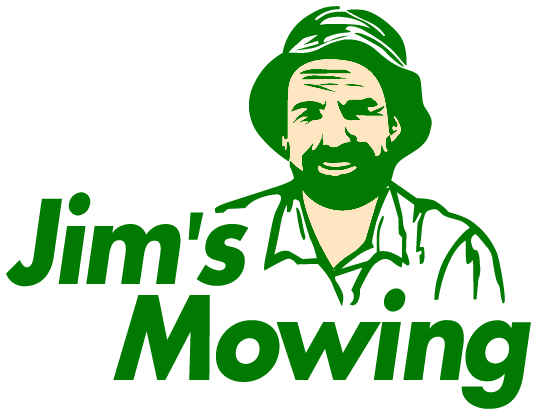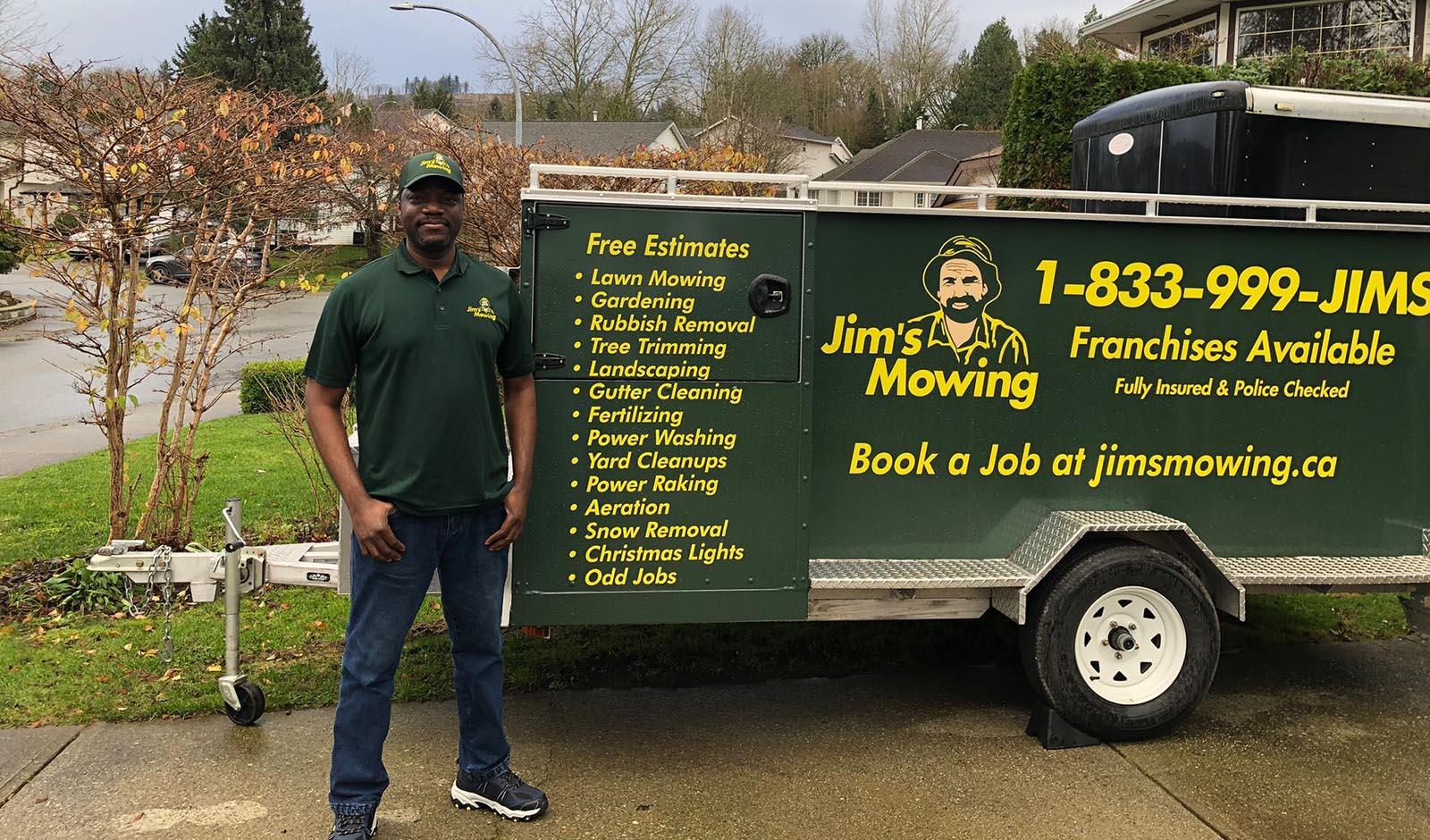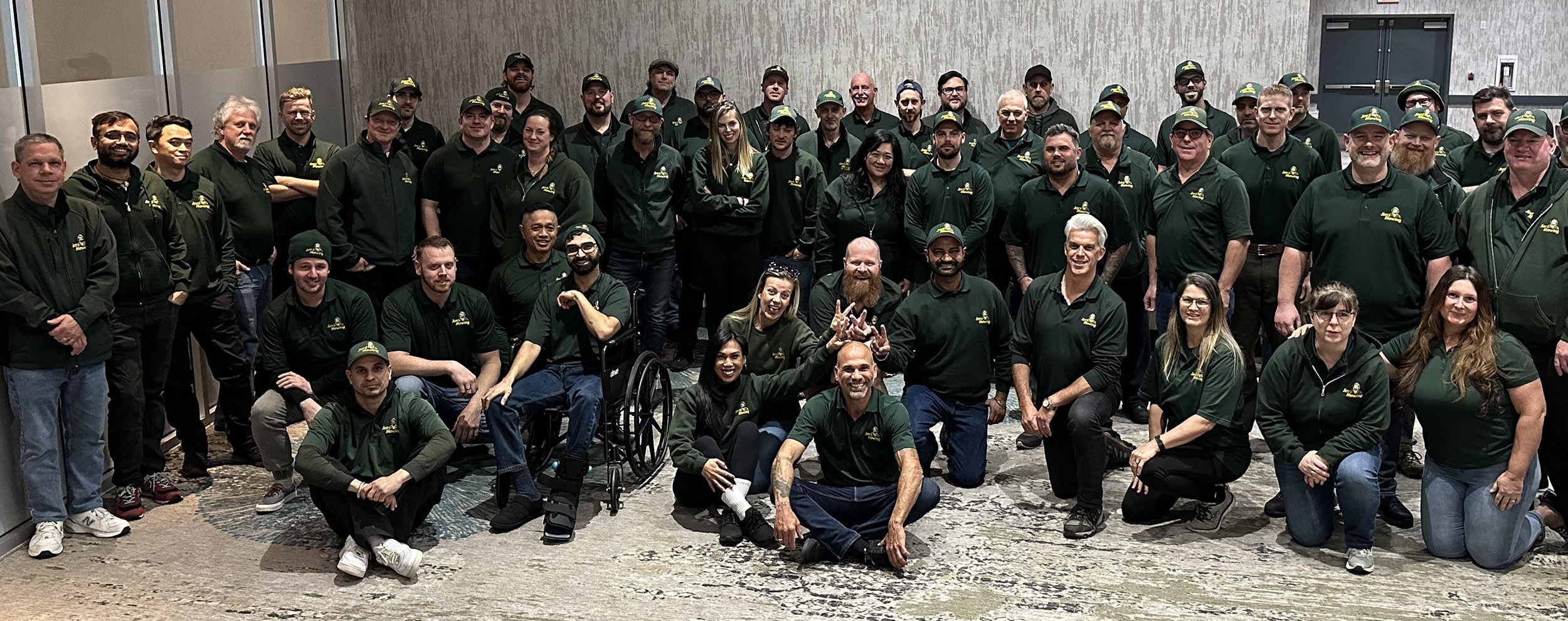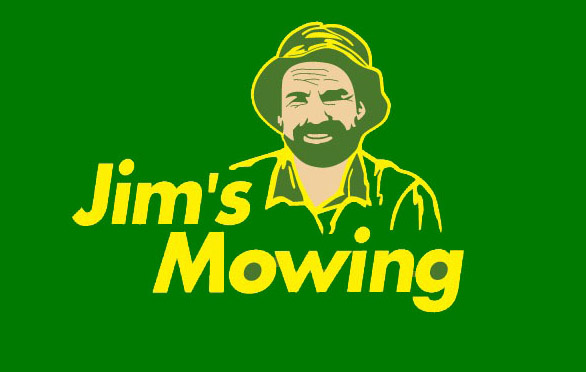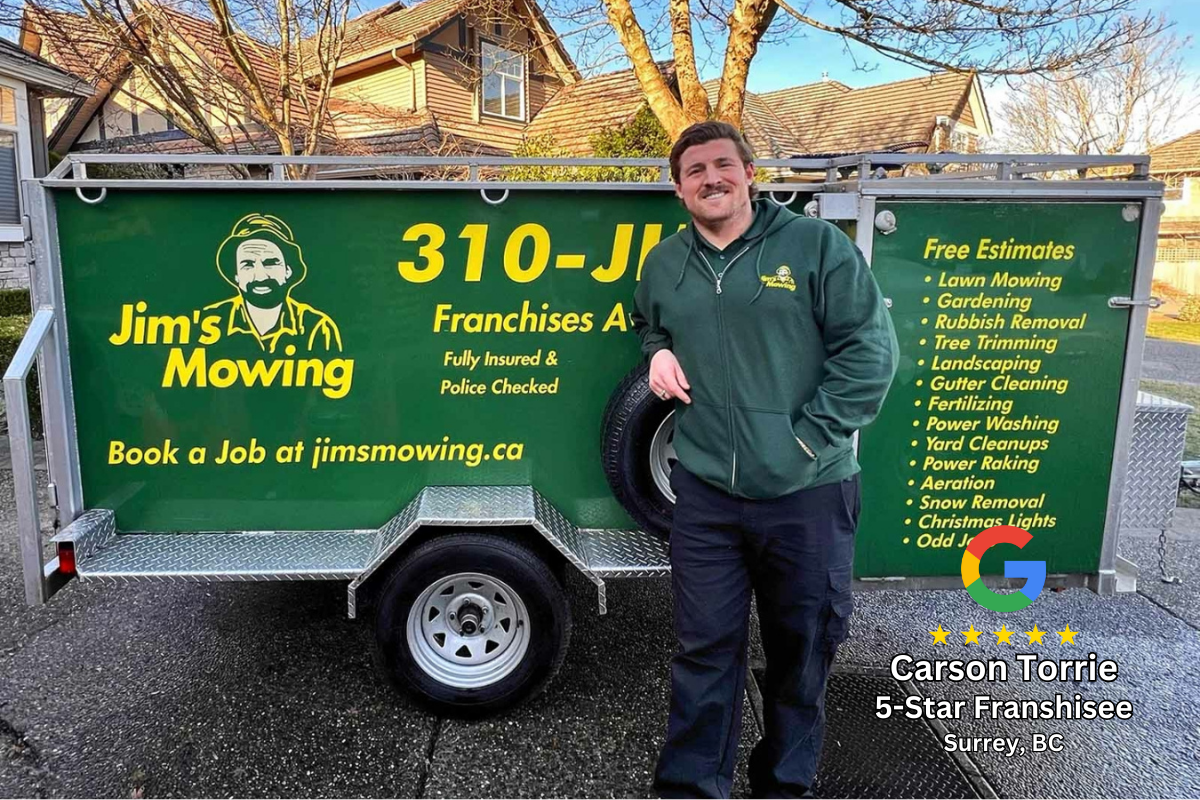
Welcome, Franchisees! One of the critical pillars of success in the landscaping and gardening industry is effective financial management. This comprehensive guide aims to equip you with detailed insights, strategies, and practical tips to navigate the financial landscape of your franchise. Whether you’re just starting or looking to optimize your existing operations, mastering these financial principles will help you achieve sustainable growth and profitability.
Understanding the Financial Landscape of Landscaping and Gardening Businesses
Before diving into specific financial management tips, it’s essential to understand the unique financial dynamics of the landscaping and gardening industry:
- Revenue Streams and Seasonality: Landscaping and gardening businesses typically generate revenue from services such as lawn mowing, garden maintenance, landscaping projects, fertilizing, pruning, and snow removal. These services may exhibit seasonal variations, with peak demand during spring and summer months. Understanding these revenue cycles is crucial for cash flow planning and resource allocation.
- Cost Structure: The cost structure of a landscaping business includes various components:
- Labor Costs: Wages for employees or subcontractors involved in service delivery.
- Materials and Supplies: Expenses for fertilizers, seeds, plants, mulch, and other consumables.
- Equipment Maintenance and Depreciation: Costs associated with maintaining and replacing landscaping equipment.
- Overhead Expenses: Fixed costs like rent, utilities, insurance, and administrative expenses.
- Marketing and Sales: Investments in advertising, promotions, and client acquisition.
Understanding and managing these costs effectively is crucial for profitability and sustainability.
- Cash Flow Management: Effective cash flow management is vital due to the seasonal nature of business operations. Balancing incoming revenue with outgoing expenses ensures liquidity to cover operational costs and invest in growth opportunities. Anticipating cash flow fluctuations and maintaining adequate reserves are key strategies for financial stability.
Essential Financial Management Tips for Jim’s Mowing Franchisees
Now, let’s explore detailed financial management tips tailored specifically for Jim’s Mowing franchisees:
- Develop a Comprehensive Business Plan
A well-crafted business plan serves as a roadmap for your franchise’s success. Include the following elements:
- Executive Summary: Overview of your business goals, target market, and competitive advantage.
- Market Analysis: Assessment of local market trends, customer demographics, and competitive landscape.
- Financial Projections: Forecasts for revenue, expenses, and profitability based on realistic assumptions.
- Operational Plan: Strategies for service delivery, customer acquisition, and growth initiatives.
- Risk Management: Identification of potential risks and contingency plans to mitigate them.
Your Jim’s Mowing support team can provide templates and guidance to help you develop a robust business plan aligned with franchise standards and market realities.
- Establish Clear Budgets and Financial Goals
Setting clear financial goals and budgets is essential for managing expenses and maximizing profitability:
- Operating Budget: Allocate funds for labor, materials, equipment maintenance, overhead expenses, and marketing.
- Capital Budget: Plan for investments in equipment upgrades, facility improvements, and expansion initiatives.
- Sales Forecast: Estimate revenue projections based on historical data, market trends, and anticipated growth.
Regularly monitor actual financial performance against budgeted targets and adjust strategies as needed to achieve financial goals.
- Accurate Pricing Strategies
Develop pricing strategies that reflect the value of your services while remaining competitive in the local market:
- Cost-Plus Pricing: Calculate service prices by adding a markup to cover direct costs (labor, materials, overhead) and achieve desired profit margins.
- Value-Based Pricing: Determine prices based on the perceived value of services to customers, considering factors like quality, convenience, and customer service.
- Competitive Pricing: Research competitors’ pricing strategies and adjust your pricing strategy to differentiate your offerings while remaining attractive to customers.
Regularly review pricing strategies to ensure competitiveness and profitability in the marketplace.
- Monitor and Manage Costs Effectively
Controlling costs is crucial for maintaining profitability and financial health:
- Expense Tracking: Implement systems to monitor and track expenses across all operational areas.
- Cost Reduction Strategies: Identify opportunities to streamline operations, negotiate favorable supplier contracts, and optimize resource utilization.
- Inventory Management: Maintain optimal levels of inventory to minimize carrying costs while ensuring timely availability of materials and supplies.
Utilize cost management tools and analytics to identify inefficiencies and implement cost-saving measures proactively.
- Invest in Quality Equipment and Maintenance
Quality equipment enhances operational efficiency, reduces downtime, and enhances service delivery quality:
- Equipment Selection: Choose reliable and durable equipment suited for landscaping and gardening tasks.
- Maintenance Schedule: Implement regular maintenance routines to extend equipment lifespan and prevent costly repairs.
- Equipment Upgrades: Invest in upgrades or replacements to leverage advancements in technology and improve productivity.
Jim’s Mowing provides guidance on equipment selection, maintenance best practices, and leasing options to support franchisees in optimizing equipment investments.
- Embrace Technology for Operational Efficiency
Integrating technology solutions can streamline administrative tasks, enhance communication, and improve service delivery:
- Accounting Software: Automate invoicing, expense tracking, and financial reporting to maintain accurate financial records.
- Scheduling and CRM Systems: Use software tools for scheduling appointments, managing client relationships, and tracking service requests.
- Route Optimization: Utilize GPS and mapping tools to optimize service routes, minimize travel time, and reduce fuel costs.
Leverage technology to improve operational efficiency, enhance customer satisfaction, and reduce administrative overhead.
- Manage Seasonal Cash Flow Variations
Plan for seasonal fluctuations in revenue and expenses to maintain financial stability throughout the year:
- Cash Flow Forecasting: Project cash inflows and outflows based on historical data, seasonal trends, and upcoming projects.
- Working Capital Management: Maintain adequate working capital reserves to cover operational expenses during off-peak seasons.
- Client Payment Terms: Implement policies for prompt invoicing and timely collection of accounts receivable to improve cash flow liquidity.
Implement proactive cash flow management strategies to mitigate seasonal financial challenges and ensure business continuity.
- Financial Reporting and Analysis
Regular financial reporting and analysis provide insights into business performance and inform strategic decision-making:
- Key Performance Indicators (KPIs): Monitor metrics such as revenue growth, profit margins, customer acquisition costs, and client retention rates.
- Financial Statements: Review balance sheets, income statements, and cash flow statements to assess financial health and identify areas for improvement.
- Variance Analysis: Compare actual financial results against budgeted targets to identify discrepancies and adjust strategies accordingly.
Utilize financial analytics to track progress toward goals, identify trends, and optimize operational efficiency and profitability.
- Tax Planning and Compliance
Stay compliant with tax regulations and optimize tax planning strategies to minimize liabilities and maximize deductions:
- Tax Obligations: Understand federal, provincial, and local tax requirements applicable to landscaping and gardening businesses.
- Tax Deductions: Identify eligible business expenses and deductions, including equipment depreciation, vehicle expenses, and business-related travel.
- Tax Filing Deadlines: Maintain accurate records and meet filing deadlines to avoid penalties and interest charges.
Consult with a qualified accountant or tax advisor specializing in small business taxation for personalized guidance and compliance support.
- Continuous Learning and Professional Development
Invest in ongoing education and skill development to stay informed about industry trends, best practices, and technological advancements:
- Training Programs: Attend workshops, seminars, and training sessions offered by Jim’s Mowing to enhance technical skills and business acumen.
- Certifications and Credentials: Obtain industry certifications or credentials to demonstrate expertise and credibility to clients.
- Networking Opportunities: Engage with industry peers, attend trade shows, and participate in local business associations to expand professional networks and share insights.
Continuous learning fosters innovation, improves service delivery quality, and positions your franchise for long-term success and growth.
Leveraging Jim’s Mowing Support and Resources
As a Jim’s Mowing franchisee, you benefit from comprehensive support and resources designed to enhance operational efficiency, profitability, and business success:
- Financial Planning Tools: Access to financial planning templates, budgeting tools, and profitability analysis resources tailored to landscaping and gardening businesses.
- Operational Guidance: Expert advice on operational best practices, equipment procurement, and service delivery optimization.
- Marketing Support: Assistance with marketing strategies, digital marketing campaigns, and customer acquisition techniques to expand your client base.
- Community Engagement: Participate in Jim’s Mowing’s community forums, networking events, and franchisee gatherings to share insights, collaborate on business challenges, and foster professional relationships.
Effective financial management is fundamental to achieving long-term success and profitability as a Jim’s Mowing franchisee. By implementing these detailed financial management tips and leveraging the support and resources provided, you can navigate financial complexities, optimize operational efficiency, and capitalize on growth opportunities in the competitive landscaping and gardening industry.
At Jim’s Mowing, we are committed to empowering our franchisees with the knowledge, tools, and support needed to thrive. Together, let’s cultivate beautiful landscapes, exceed client expectations, and achieve financial prosperity. For further guidance on financial management strategies or to explore franchise opportunities, contact your Jim’s Mowing support team today.
Let’s grow and prosper together with Jim’s Mowing!
Thinking of launching a lawn care business or franchise in BC? With household name brand recognition and over 80+ franchisees and 250,000+ loyal customers, Jim’s Mowing might be the right option for you. Learn more by watching our video series here. The video series will cover 95% of your FAQs and help you decide if a Jim’s Mowing franchise might be right for you.
